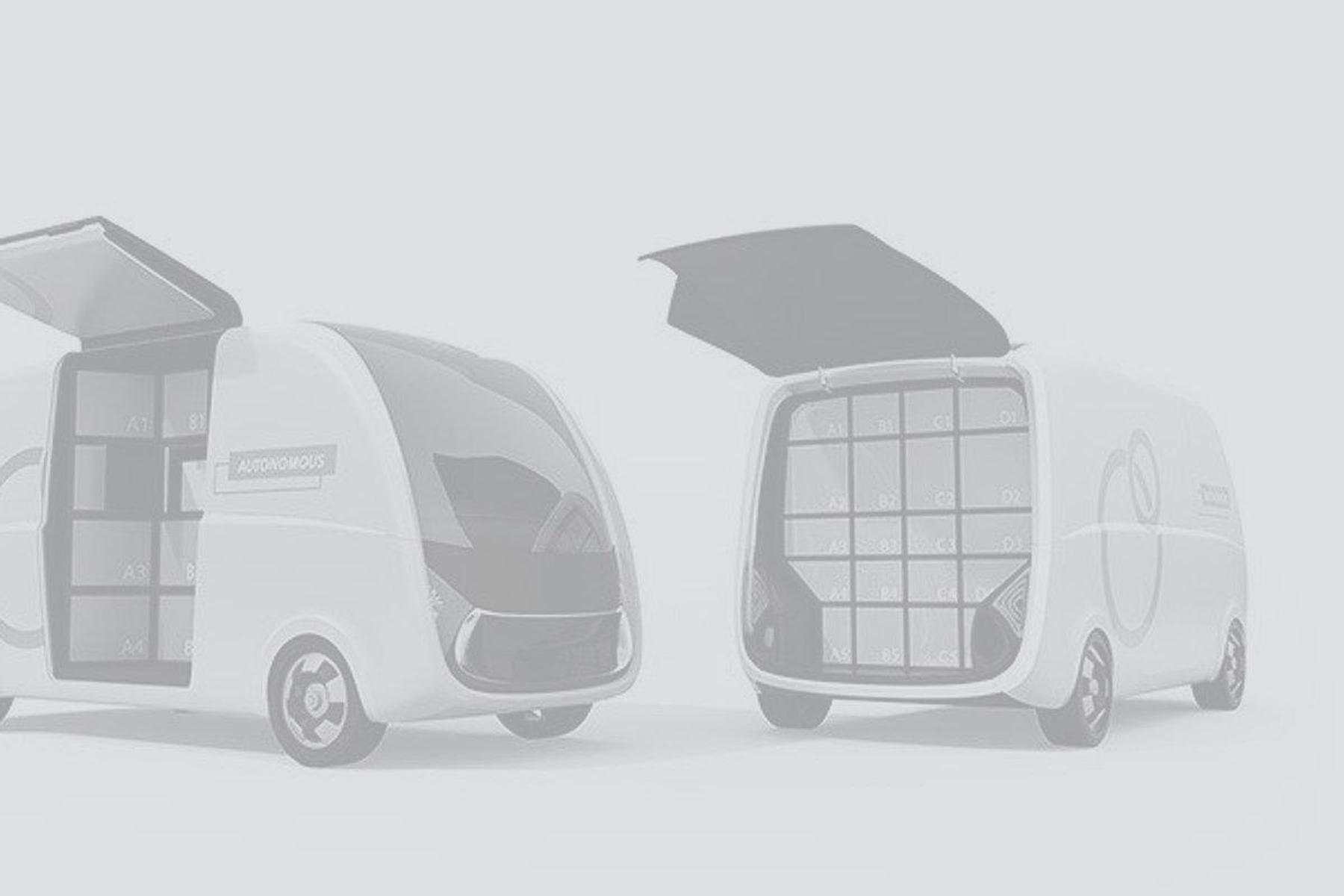In reality, though, innovation and a productivity increase through automation are a lot closer than you think: autonomous mobile robots (AMRs) might enable your company to achieve these goals.
AMRs: a brief explanation
What exactly is an AMR? Conveyco provides a clear and concise explanation: an AMR is a robot that is capable of understanding and moving through its environment without being operated directly or taking a predetermined route — sensors ensure the AMR interprets its environment and performs its task in an efficient manner.
There are many different types of AMRs. In this blog post, we'll discuss those that support warehouse operators by taking totes from location to location.
Minimizing walking times by taking products to employees
The main benefit of using AMRs is that they make for shorter lead times, which means employees can increase productivity. Especially in large warehouses, picking is a time-consuming task because it takes a while to walk from one pick location to the other. The problem might be tackled by storing similar items in different warehouse locations (instead of storing them all in the same place), but this creates a new issue: replenishment will take more time and effort.
The real solution is to take products to employees. Of course, you can use conveyor belts, but AMRs are cheaper, take up less space, and are easier to implement. Each employee operates in a certain zone, and the robots move between zones to transport totes. As employees won't have to walk that much, they'll save a lot of time, which they can use to fulfill other orders.
Time for people and robots to join hands
Does your warehouse work with high volumes, a wide variety of products, and small orders that are often made up of different items? In that case, AMRs are worth a closer look, as they might be a good alternative for badge picking. Focus on zones where the picking frequency is high: keep the operators in their respective zones and have robots move from one zone to the other.
This type of collaboration between people and robots opens up a wealth of opportunities. You can start small — in a certain part of your warehouse or with a subset of tasks — and scale if you're happy with the results.
No wonder several companies have embraced AMRs! Examples include DHL and CEVA Logistics, which uses AMRs in its warehouse in the Netherlands.
When are AMRs particularly useful?
AMRs are within every company's reach: they can help achieve a significant productivity increase at a low investment, and it’s possible to implement them in an existing warehouse operation with minimal adjustments. They are particularly useful if you don't yet have an automated warehouse solution and if you store a variety of products across the warehouse. In the latter case, it takes a lot of time to move between pick locations, so an investment in AMRs will truly pay off!

